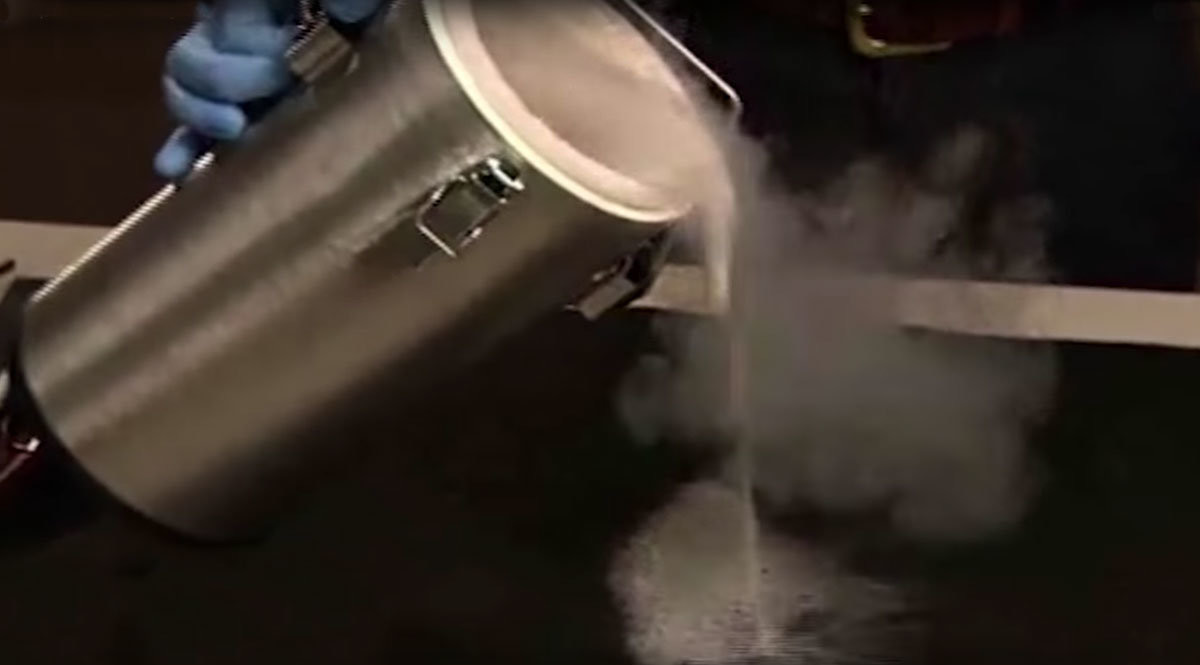Quick! What fuel doesn’t accidentally ignite, burns clean, and doesn’t cost very much?
If you answered liquid natural gas or LNG, then you’re right. We love LNG as a backup fuel source, and we think you will too.
So what the heck is LNG? As the name implies, LNG is natural gas which has been supercooled to the point of liquefaction. It’s an odorless, colorless, non-corrosive, non-toxic fuel source that takes up 1/600th the space that the same amount of gaseous natural gas would take up. It’s extremely easy to transport and store, and functions just like natural gas in the start-up phase.
Due to its supercooled state, the risk of accidental fire is extremely low with LNG. In fact, you can’t even ignite it with a lit cigarette. Furthermore, LNG is lighter than air, so spills dissipate rapidly, virtually eliminating the risk of catastrophic events and spills. LNG is also a cleaner fuel than regular methane, as it’s been processed and the harmful compounds have been removed.
The actual process of receiving and storing LNG is very similar to processes you’re probably already familiar with. LNG storage units require their own containment fields, however tank sizes, delivery loads, etc. are determined by your backup needs. Unlike gaseous natural gas, LNG is delivered by tanker, and deliveries are triggered by a sensor within the storage unit itself.
While LNG is not a one-to-one replacement fuel source with natural gas, which is piped in on demand, liquid natural gas is less expensive overall than other backup fuel sources such as propane or oil over time. It enjoys a very stable market price when compared to other sources, which are subject to cost spikes.
Want to learn more about LNG? Check out our YouTube video now!
